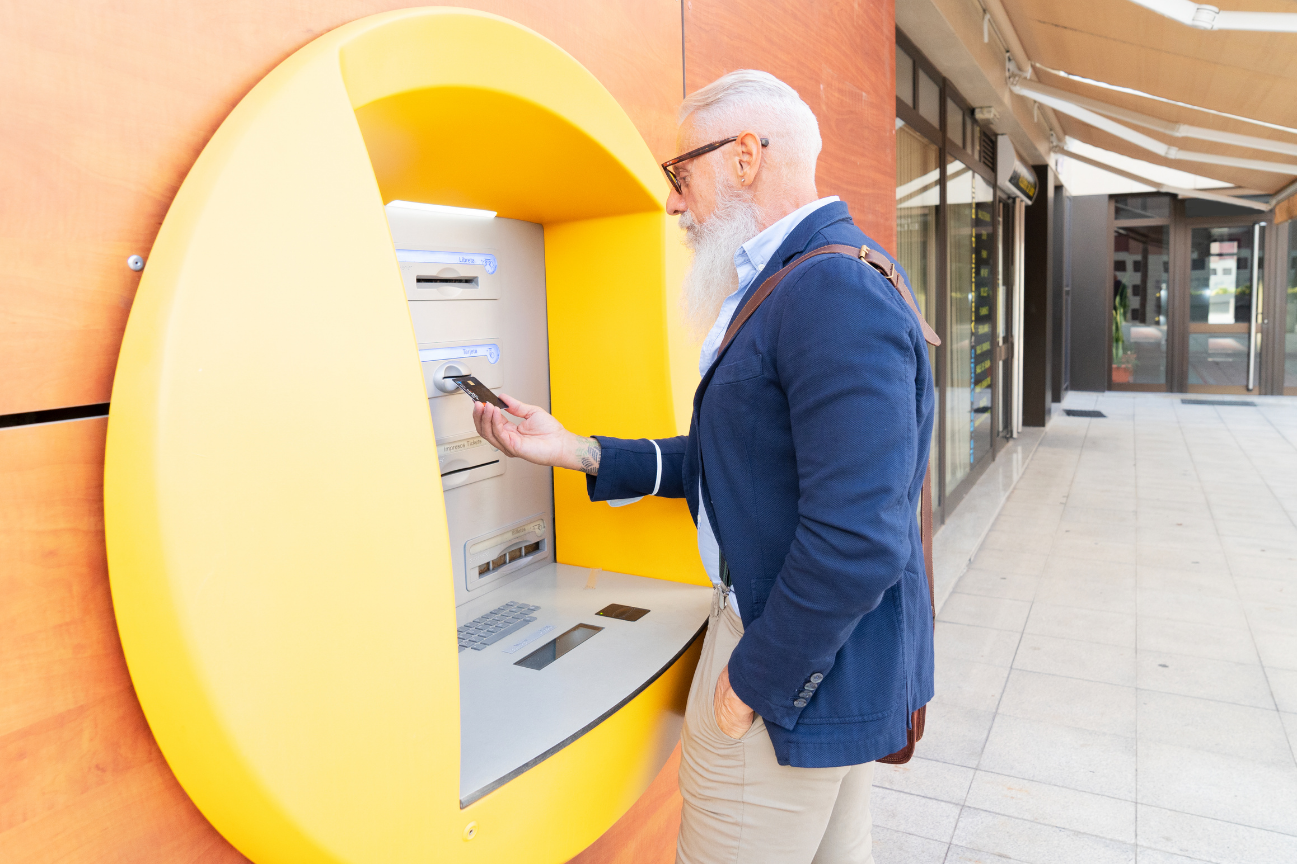Online banking has revolutionized how we manage money, but seniors lose over $3 billion annually to digital banking scams. The irony? Online banking is actually safer than traditional banking when done correctly. 🏦
Banks use military-grade encryption and monitor accounts 24/7 for suspicious activity—protection that didn't exist with paper statements that could be stolen from mailboxes. The real risk isn't the technology; it's falling for fake emails or websites designed to steal your login information.
Understanding the difference between legitimate bank security and scammer tactics empowers you to bank confidently online. Most seniors who learn proper online banking habits find it more convenient and secure than driving to bank branches, especially during bad weather or health concerns.
Gil can help you set up secure online banking with your specific bank and show you how to spot fake banking emails that even tech-savvy people sometimes miss. ☎️



